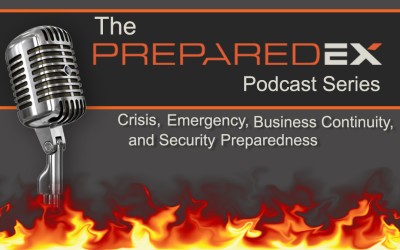We have covered a wide array of topics in this blog over the last few months. Anything and everything PR related, we talked about it. From core PR fundamentals to Crisis Communication to PR for many different areas of business and everything in between. Our intention was to educate you and give you a resource that you can look back on whenever you need to, and we hope you will be able to utilize our articles in your future endeavors.
Public Relations is essential to every area of business. It is the frontline of your company. Reaching your audience, branding to them, social media practices, dealing with crisis and legal issues and many more areas; this is the part of the business that everyone will see. That is why it is so important, and we hope that we conveyed that to you through all of our previous blog posts.
PR is for everyone. It is something that everyone should have at least some knowledge in, not only the Marketing and Public Relations majors but also any major that interacts with business or communication. In the ever-changing world of business, you never know what will come up or what you will have to do. Things like knowing who your audience is and what they want will not only help you market to them but also help you understand what they need and want. Being able to stay on brand with your company while interacting online and otherwise is another area that everyone can benefit from.
All of this information is great, but how do these concepts translate over to the real-world? We covered that for you. Case studies of real business problems can only help with your understanding. Case studies of concepts, social media, and crisis situations cover some of the biggest areas of Public Relations and we have that resource for you.
Lastly, thank you to all who have read and interacted with our blogs. We appreciate all of you who use us as a resource. We learned just as much from this as we hope you did. If you have any Public Relations questions or want to read our other blogs, don’t hesitate to check out our Blog Home Page! We covered a multitude of topics and probably have an answer to the questions you have. Thank you again from all the PR Warriors and we hope you learned something; we know we did.



